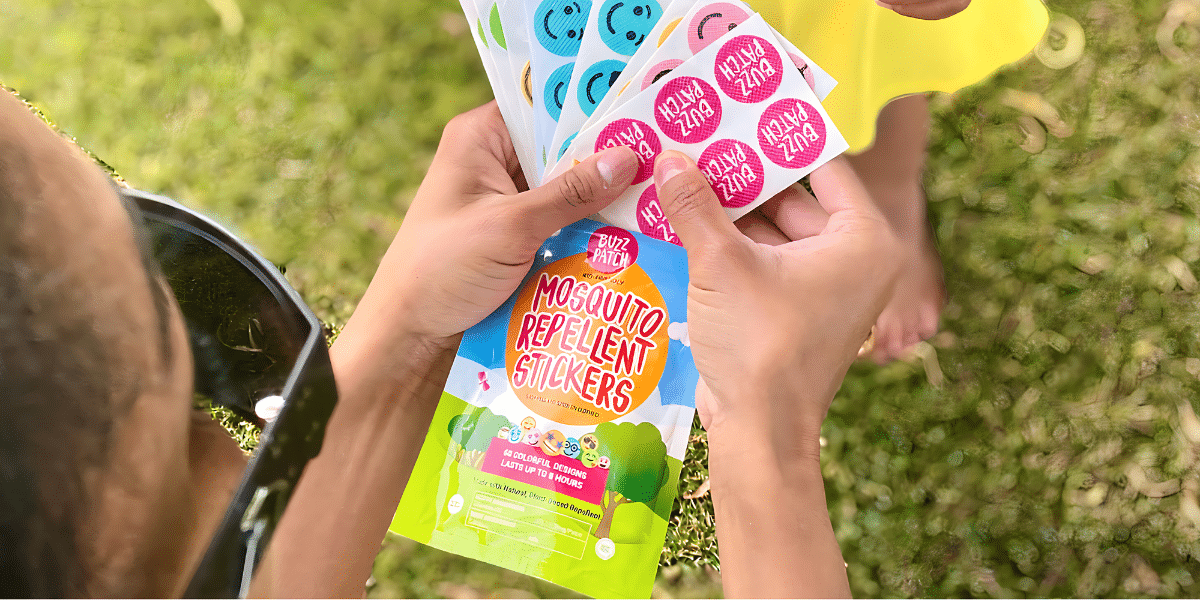Whether you use your website primarily as a platform to inform, engage or convert, your website is a major client touchpoint and valuable asset for your business. But how can you get the most out of it?
From generating more traffic to the experience users have when they visit your website, here are 10 simple things you can do to get more out of your website.
1. Optimise for search engines
Search Engine Optimisation (SEO) isn’t a new concept, but it’s still an important one.
Pay close attention to your on-page SEO (like your website structure, URLs, title tags, meta descriptions, heading tags, alt text, content and keywords) to ensure it’s as easy as possible for search engines to crawl and index your website. If done right, it could drive some extra organic traffic to your website.
2. Use a professional copywriter
While you can always develop your own content, there are a few benefits to opting to use a professional copywriter instead.
The content on your site is crucial to the effectiveness of your website. It needs to achieve its purpose (whether that’s to inform, entertain or persuade), it needs to be consistent with your brand and it needs to support your SEO strategy. While it may cost a little more upfront to use a professional content writer, they’re experts at crafting content that achieves these objectives which should pay for itself in spades.
3. Try paid advertising
Paid advertising (whether search, social media or display advertising) is a great way to put your product or service in front of consumers that either match the description of your target market or are actively looking for something you offer.
While you can manage paid advertising on your own, the bidding process can be a little confusing—but don’t let that scare you off. You can always use someone like this sem agency melbourne to manage it all for you, allowing you to generate a good return with very little effort.
4. Utilise long-tail keywords
Targeting popular keywords can be hard work—with so many competitors also vying for them, you’ll have to pay big bucks if you want to target them through paid advertising, and you’re also likely to struggle to get close to the top of the Search Engine Results Pages (SERPs) if you target them through your SEO efforts.
Instead, targeting long-tail keywords (longer, more specific keywords) has greater potential to reach consumers who are looking for something very specific that you offer. While they may not generate as much traffic to your website, they can attract better quality traffic.
5. Get blogging
Regularly posting fresh and relevant content on your blog is a great way to connect with your audience, while also supporting your SEO efforts by organically discussing topics that your target audience might be interested in or searching for.
You can even try guest posting on third-party websites to build more backlinks to your site. Not only does this have the potential to drive more traffic to your site, but having links on reputable external sites can also build your level of authority in the eyes of Google.
6. Use internal links and CTAs
You want to keep users on your site for as long as possible, so make sure they never reach a dead end.
Always include links to other internal pages your audience might be interested in to entice them to continue to get to know more about your brand, products or services. Even better, include a Call To Action (CTA) that encourages them to perform a specific action, like signing up to your mailing list or completing a purchase.
7. Remind visitors about you
Don’t let visitors to your website forget about you once they leave your site. Instead, use display retargeting to serve up reminders or provide special offers to previous visitors to your website to entice them back.
8. Think about usability
It’s important to consider how easy it is for visitors to navigate your website or perform certain tasks.
Factors like the level of ease or difficulty users have finding what they’re looking for, the time it takes them to complete a task, or whether they find the layout and design of the site aesthetically pleasing will all impact the overall user experience.
9. Build your social media presence
Rather than simply posting ad hoc updates on your social media sites, it’s helpful to develop a social media content strategy and schedule to ensure you’re regularly posting valuable, relevant content. Make sure you also use hashtags to increase your chances of people sharing your content and to reach a far larger audience.
You can also look for any industry-specific or local community groups you can connect with, which can also be a great way to keep your finger on the pulse.
It’s also important to actively engage with users by commenting and responding to posts—using social media purely as a broadcast channel can quickly turn off users.
3. Don’t ignore your analytics
Analytics can provide some golden insights into where your users are coming from and what they’re doing on your website—so don’t ignore it! Make sure you’re continually monitoring and reviewing user behaviour and looking for ways to improve the on-site experience for them.










